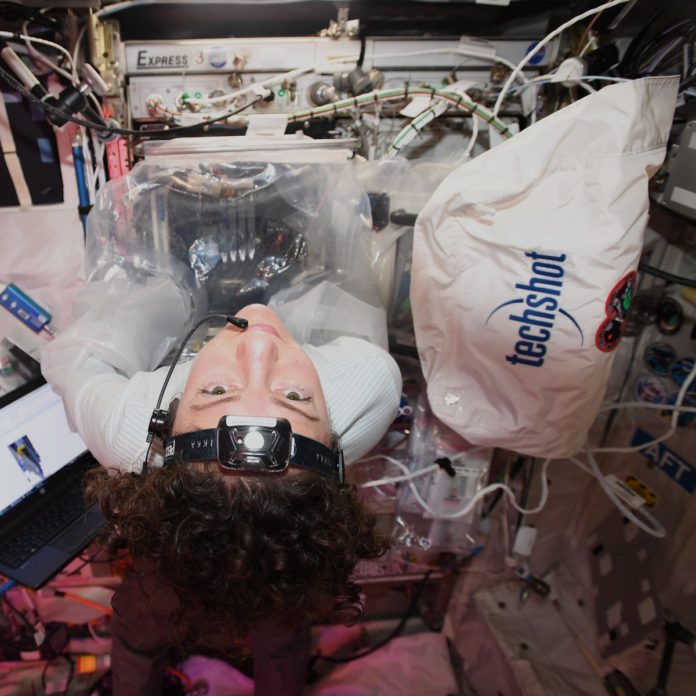Techshot Inc. has successfully printed with a large volume of human heart cells aboard the International Space Station (ISS) U.S. National Laboratory.
The 3D bioprinter has been developed in collaboration with nScrypt, a manufacturer of industrial 3D bioprinters and electronics printers.
“Our BFF [for 3D BioFabrication Facility] has the potential to transform human healthcare in ways not previously possible,” said Techshot President and CEO John Vellinger. ”We’re laying the foundation for an entire industry in space.”
Techshot Incs. aims to make the device available for commercialization at the end of the next round of test prints in March. Furthermore, the company believes that both its industrial and institutional life science customers could make the most of this technology. With five commercial research and manufacturing payloads aboard the station, Techshot Incs. has the largest catalog of any American company operating inside the orbiting lab.
The manufacturer is currently developing a sixth payload, the Techshot Cell Factory, that will enable users to continuously generate multiple cell types in space for biomanufacturing, 3D printing and other uses. Having a reliable source on orbit is expected to limit Techshot’s reliance on cargo resupply spacecraft bringing cells up from Earth.
While the 3D printer’s bio-ink contained cell types such as heart muscle cells, nerve cells and vascular cells, it notably did not contain the scaffolding materials or thickening agents normally required to resist the destructive pull of gravity when bioprinting on Earth. Though researchers have had some success with 3D printing bones and cartilage, the manufacturing of soft human tissue (such as blood vessels and muscle) has been difficult. On Earth, when attempting to print with soft, easily flowing biomaterials, tissues collapse under their own weight – resulting in little more than a puddle. But when these same materials are used in the microgravity environment of space, the 3D-printed structures maintain their shapes.
Last month’s test prints in space were large by Earth bioprinting standards. Each measured 30 mm long by 20 mm wide by 12.6 mm high. The BFF printed inside a Techshot-developed cell culturing cassette that strengthens the assemblage of cells over time; to the point where they should become a viable, self-supporting tissue-like structure expected to remain solid once back in Earth’s gravity.
Three Techshot culturing cassettes, each containing one tissue-like construct, will be returned to the company following this week’s Pacific Ocean splashdown of the SpaceX Cargo Dragon capsule at the end of mission CRS-19. More 3D bioprinting in space will take place in March of this year following the launch of additional bio-inks to the ISS National Laboratory aboard SpaceX mission CRS-20.
Though the prospect of manufacturing human hearts and other organs via a 3D bioprinter in space is likely a decade away, it is hoped that the long-term success of BFF could lead to a reduction in the shortage of donor organs.
Remember, you can post free of charge job opportunities in the AM Industry on 3D ADEPT Media or look for a job via our job board. Make sure to follow us on our social networks and subscribe to our weekly newsletter : Facebook, Twitter, LinkedIn & Instagram ! If you want to be featured in the next issue of our digital magazine or if you hear a story that needs to be heard, make sure to send it to contact@3dadept.com. Happy New Year!






